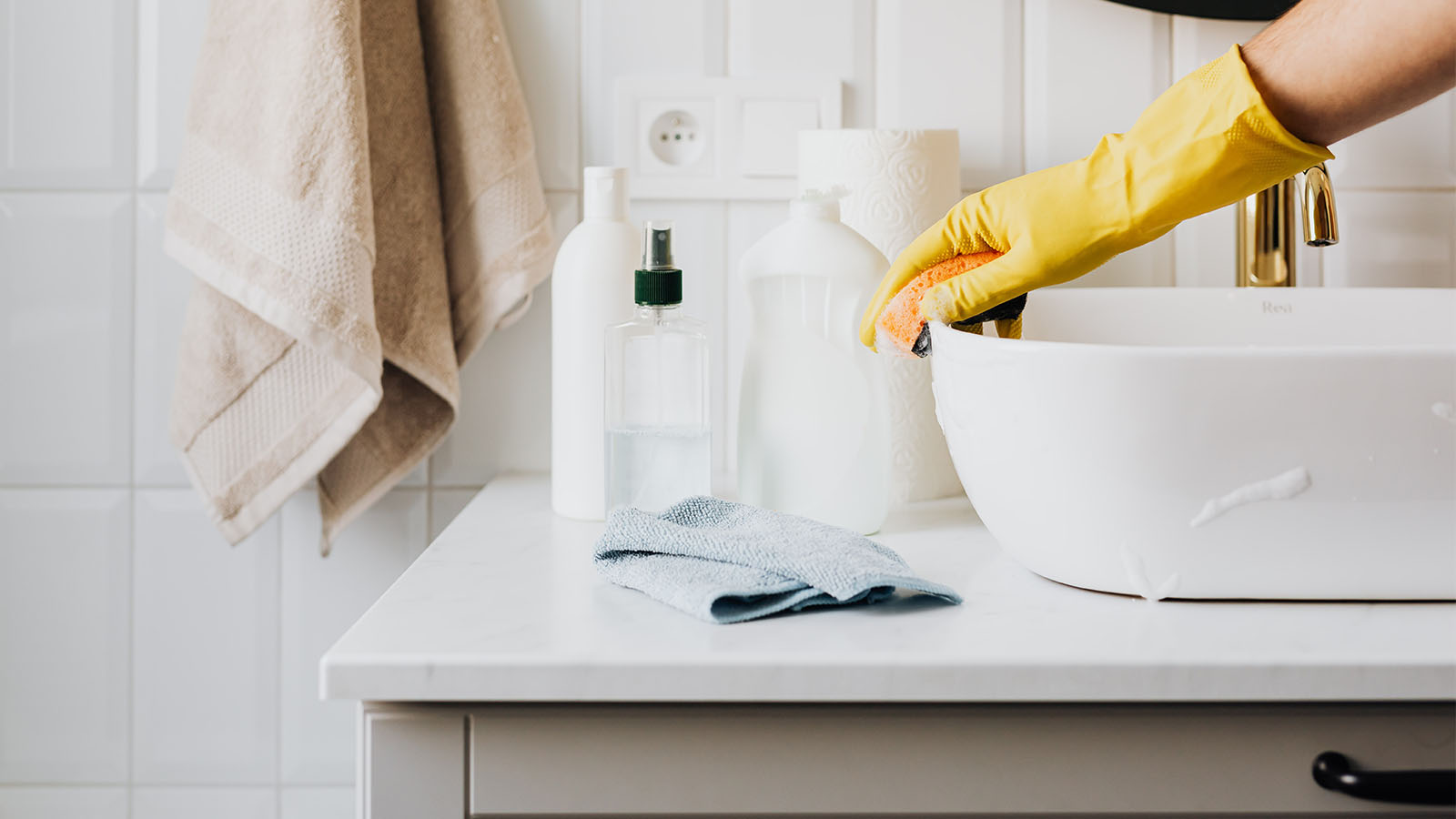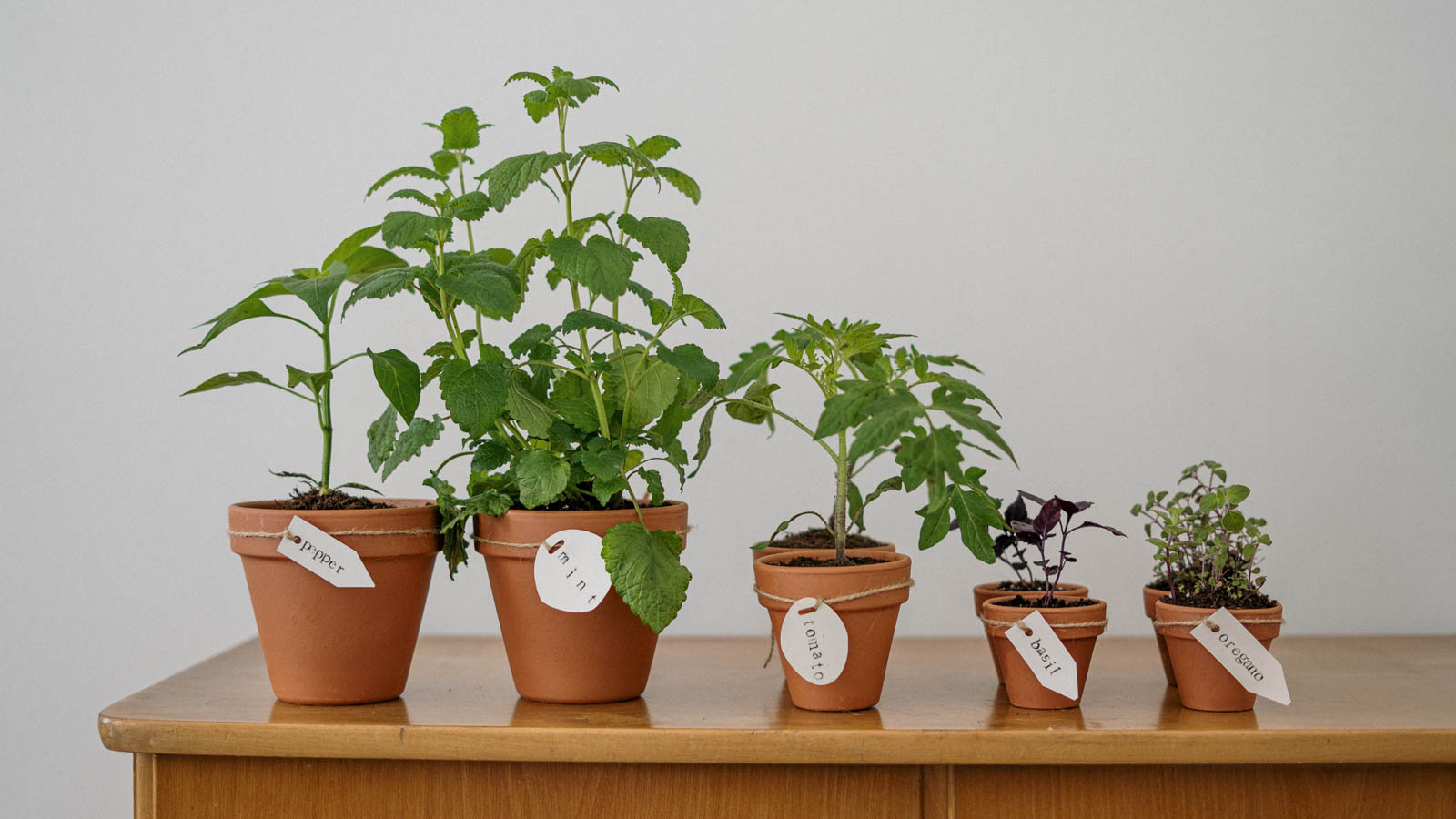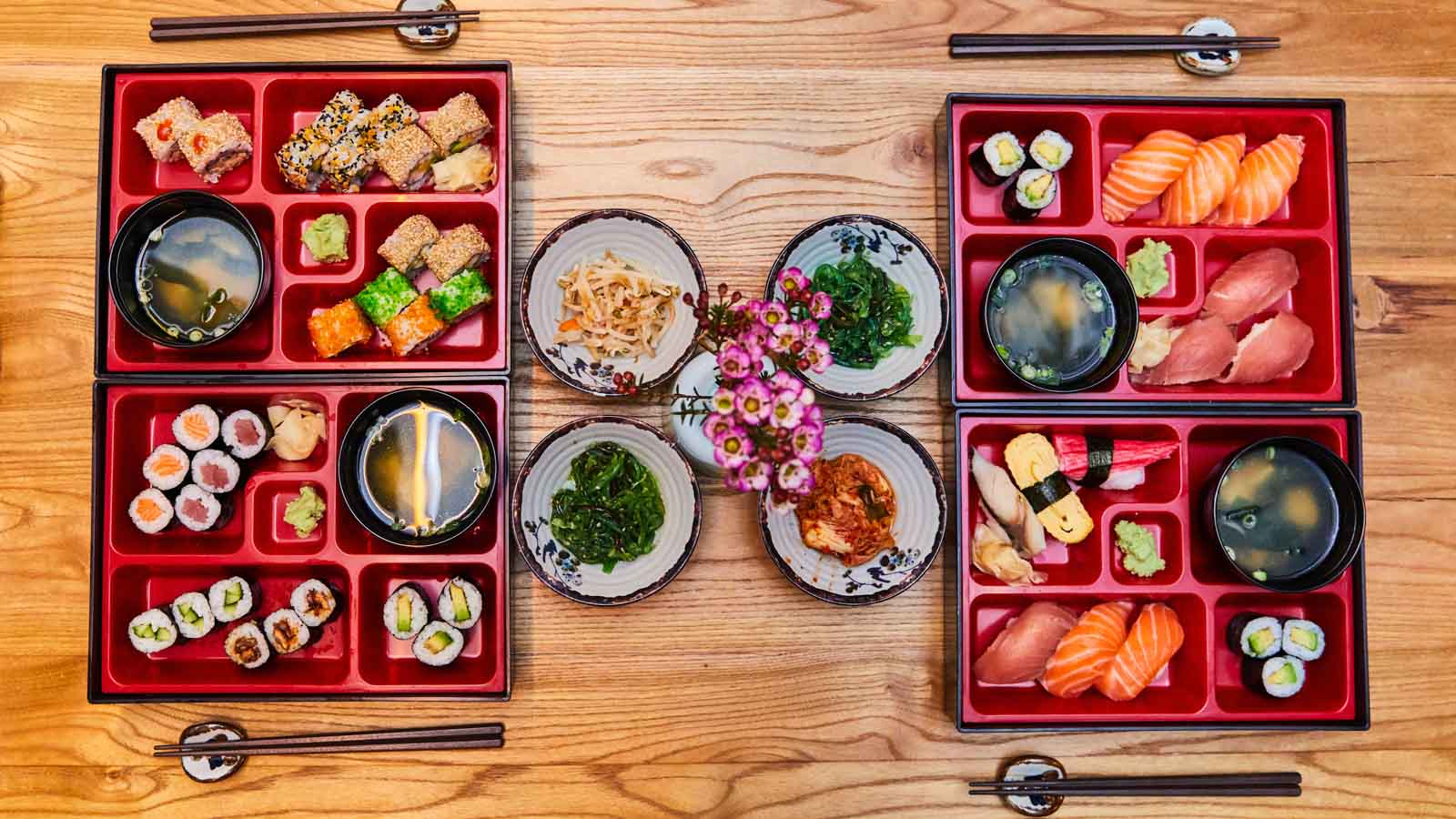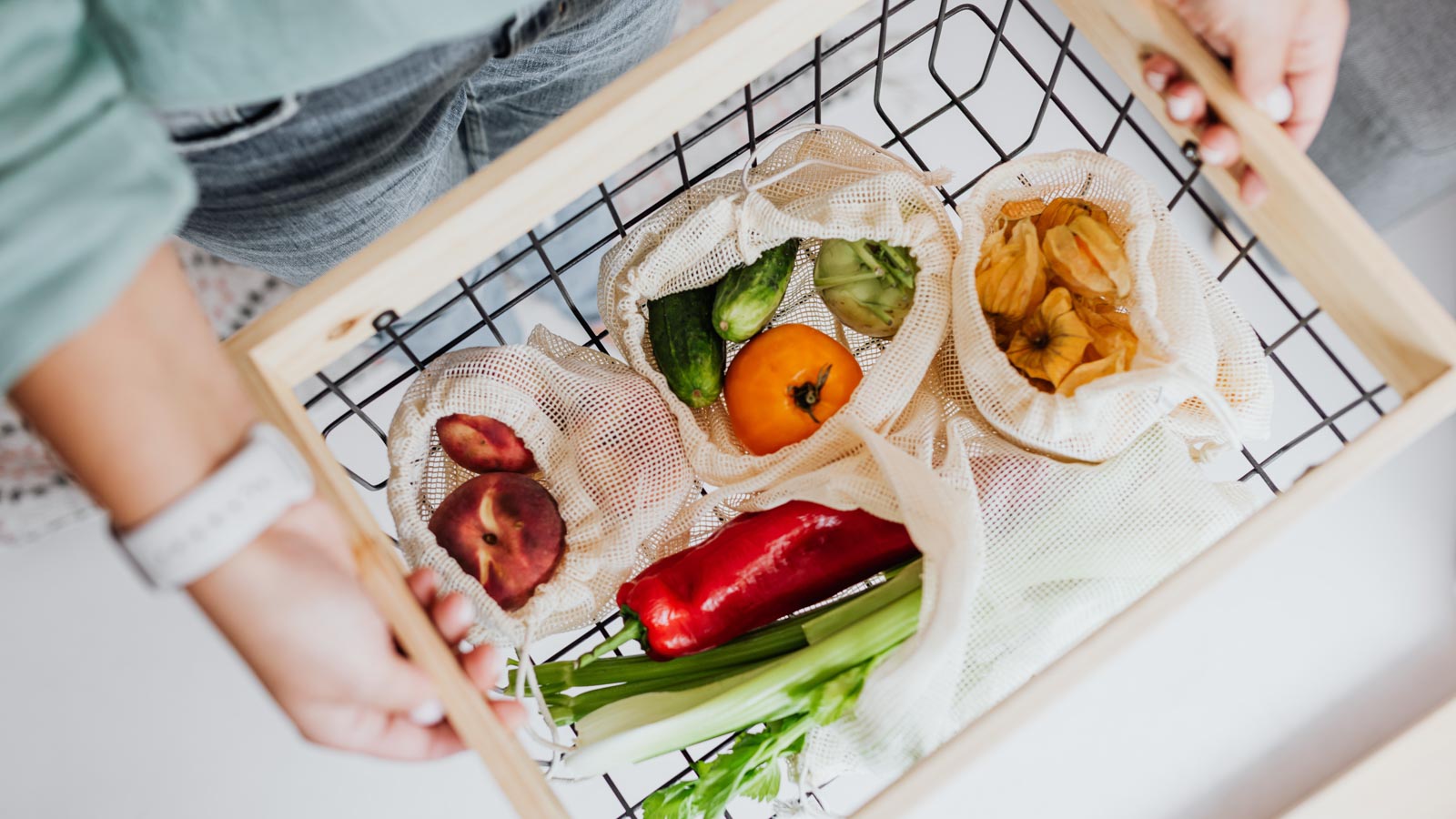Kitchens house a lot of things. And all those things need to be put somewhere. But worry not, we’ve got plenty of kitchen storage ideas that are sustainable and stylish.
A new life for glass jars
Seeds, oats, rice, pasta … there are all sorts of pantry goods you can store away in empty jars or vintage-style mason ones for bulkier things. Not only is this a great way to recycle empty jam jars, but it’ll mean you’re cutting back on single-use plastics. Larger jars are also great to take along to shops that offer refill options for dried goods, and they’re also a fab plastic-free food storage option for leftovers. You can keep jars in the fridge or freezer to keep your meal fresh. Voilà, you’re already one step closer to being plastic-free with these kitchen storage ideas.

Farewell to sticky cling film
If you need to cover over a dish or wrap up a snack, instead of reaching for the fiddly roll of cling film, you could opt for a reusable wrap. These sustainable products are often made from cotton or hemp and are coated with naturally antibacterial beeswax and tree resin with antiseptic properties. A cloth wrap also allows your food to breathe and age but will still keep meals fresh by preventing mould. After you’ve used it, you just need to give it a wash, then dry it over a dish rack before using it again. It’s a good idea to check the guidelines on how to wash your reusable kitchen wrap to keep it at its best.

Fancy food bags
When it comes to wrapping sandwiches for school lunches or a family picnic, plastic food bags seem like an obvious choice – but they’re not your only option. Why not try swapping out these non-biodegradable bags for something that’s eco-friendly or even plastic-free? Instead of buying boxes of single-use bags over and over, you could go for a fabric sandwich bag that you can easily wash and use again. Not only are they functional and practical – they’re waterproof on the inside – you can get them in a variety of colours and patterns, so they’re much prettier to look at too. Alternatively, you could invest in washable and reusable zip-lock silicone bags for things like melon slices. Lunch bags are another good way to go and they’re often a big hit with kids who can pick one with their favourite characters on the front.

Squeaky clean-ing products
When trying to cut back on plastic waste, you might not think about your cleaning products and washing-up liquid, but they all come in plastic bottles and are a staple of the weekly shop. While there’s no direct swap to go plastic-free, you can minimise plastics by refilling old containers at zero-waste shops. Alternatively, you might want to try brands that offer refill pouches instead of having to buy a new bottle. There are detergents and dishwasher tablets that don’t contain toxic chemicals and you could even use a homemade cleaner made of citric acid and boiled water or research the many uses of vinegar – it’s amazing what this condiment can do!

Grow your own
Fruit, veggies and herbs from supermarkets are often the biggest offenders for plastic – many shops still use non-recyclable packaging. To cut back on this in your home, why not try growing some produce for yourself? While we might not all have the space for an apple tree in the garden, most of us have a window sill that could make a nice home for pots of herbs like basil or even salad leaves. Tomatoes and strawberries are easy to grow, don’t need much space and are ideal for a sunny balcony or patio. If you’re not the green-fingered type, buying from grocers and markets can be a great plastic-free alternative that also supports local traders.

You’d bento believe it
Inspired by Japanese bento boxes, wooden lunch boxes are increasingly popular in the fight against plastic. They also have the added benefit of being free from potentially harmful BPA, PVC and phthalate. Often made from bamboo, multi-compartment bento-style lunch boxes also do a better job at keeping your food cool or warm than plastic or even stainless steel ones. Bamboo jars and containers are also good for storing anything from coffee to dinner leftovers. These can add an oh-so-Instagrammable Japandi vibe to your kitchen and you could add a pop of colour with patterned designs.

Fresh veg
When cooking, how often do you use just half a pepper? We sometimes find recipes that leave us with a lonely half-an-onion or two-thirds-of-a-lime. It might make it to the fridge – in a plastic bag to avoid smells – but often it just ends up in the bin. Either way, it’s not very eco-friendly. Well, you don’t have to waste your fruit and veg anymore when you have Food Huggers, an ingenious plastic-free food storage option. These little rubbery silicone covers – think swimming caps for groceries – come in various sizes, and you can pop them on the end of freshly cut fruit and veg to keep them lasting for longer in the fridge.
While a completely plastic-free lifestyle for all might still be a long way off, we hope we’ve sparked your inner eco-warrior with this guide to sustainable kitchen storage ideas. Take a look at the best plastic-free products for your home in our handy guide for more inspiration. Using second-hand products is another way to help live a zero-waste lifestyle, so why not bag yourself some Good Finds for your kitchen, like underutilised cookware or dinner sets from Gumtree?




